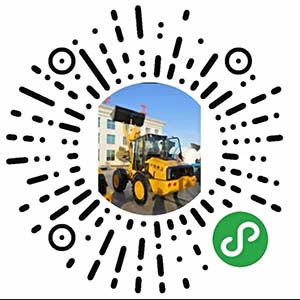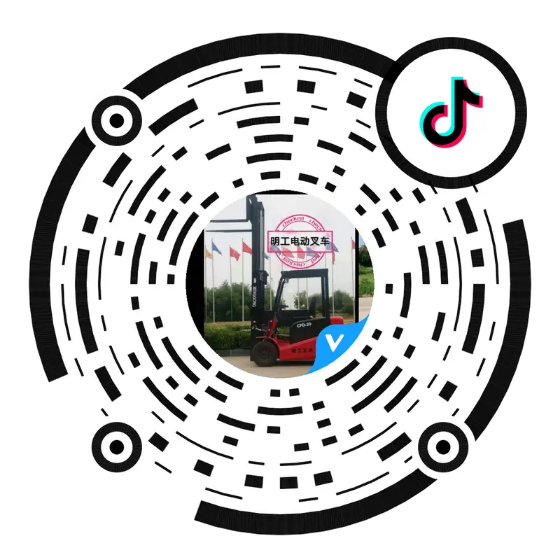The difference between forklift trucks and handling machinery in application scenarios is mainly reflected in their respective functional characteristics, use environment and applicable objects. The following is a detailed analysis of the differences between the two application scenarios:
First, functional characteristics and applications
Forklift:
Main functions: Forklift is mainly used for loading and unloading, stacking and short-distance transportation of pallet goods. Its unique gantry system and fork design make it easy to handle cargo handling tasks of various weights and sizes.
Application scenarios: Forklifts are used in warehouses, logistics centers, distribution centers, construction sites, manufacturing plants, ports and freight terminals. In these scenarios, forklifts play an important role in moving goods, accelerating production processes, and improving logistics efficiency.
Handling machinery:
Functional diversity: The function of handling machinery is more extensive, which includes many types of lifting machinery, conveyor, loading and unloading machinery, handling vehicles and storage equipment. Each type of handling machinery has its specific functions and application scenarios.
Application scenarios: The application scenarios of handling machinery cover almost all industries that require material handling and storage. For example, in manufacturing, handling machinery may be used to transfer materials on a production line; In the warehousing industry, handling machinery may be used for warehousing, warehousing and storage management of goods; In the logistics industry, handling machinery may be used for loading, unloading and transportation of goods.
2. Use environment and requirements
Forklift:
Use environment: Forklifts usually need to be used in a relatively flat, spacious and obstruction-free environment to ensure their stability and safety. However, with the advancement of technology, some specially designed forklifts are also able to operate on slopes, narrow or complex environments.
Operation requirements: The operation of a forklift requires certain skills and experience, and must comply with strict safety procedures and operating specifications. In addition, for different types of forklifts (such as internal combustion forklifts, electric forklifts, etc.), their use requirements and precautions are also different.
Handling machinery:
Use environment: The use environment of handling machinery varies according to its type. For example, lifting machinery may need to work at high altitudes or around heavy objects; Conveyors may need to run on fixed production lines; Storage equipment may need to be used in a variety of environments inside the warehouse.
Use requirements: Different types of handling machinery for the user's skills and experience requirements are also different. Some complex handling machinery may require professional operators to operate and maintain.
Third, applicable objects and efficiency
Forklift:
Application object: Forklift is suitable for scenarios that require frequent handling of pallet goods, such as warehouses and logistics centers.
Efficiency: Forklifts, with their handling capacity and flexibility, can significantly improve the efficiency of logistics operations.
Handling machinery:
Application object: The application object of handling machinery is more extensive, including a variety of enterprises and places that need material handling and storage.
Efficiency: The efficiency of handling machinery also varies according to its type and function. Some handling machinery can greatly improve the production efficiency of the production line and the turnover of goods in the warehouse.
In summary, the difference between forklift trucks and handling machinery in application scenarios is mainly reflected in functional characteristics, use environment and applicable objects. In practical applications, enterprises should select the right equipment according to their specific needs and scenarios to improve production efficiency and security. |
 Mobile terminal
Mobile terminal Small program
Small program Douyin
Douyin Deft hand
Deft hand Mobile terminal
Mobile terminal Small program
Small program Douyin
Douyin Deft hand
Deft hand